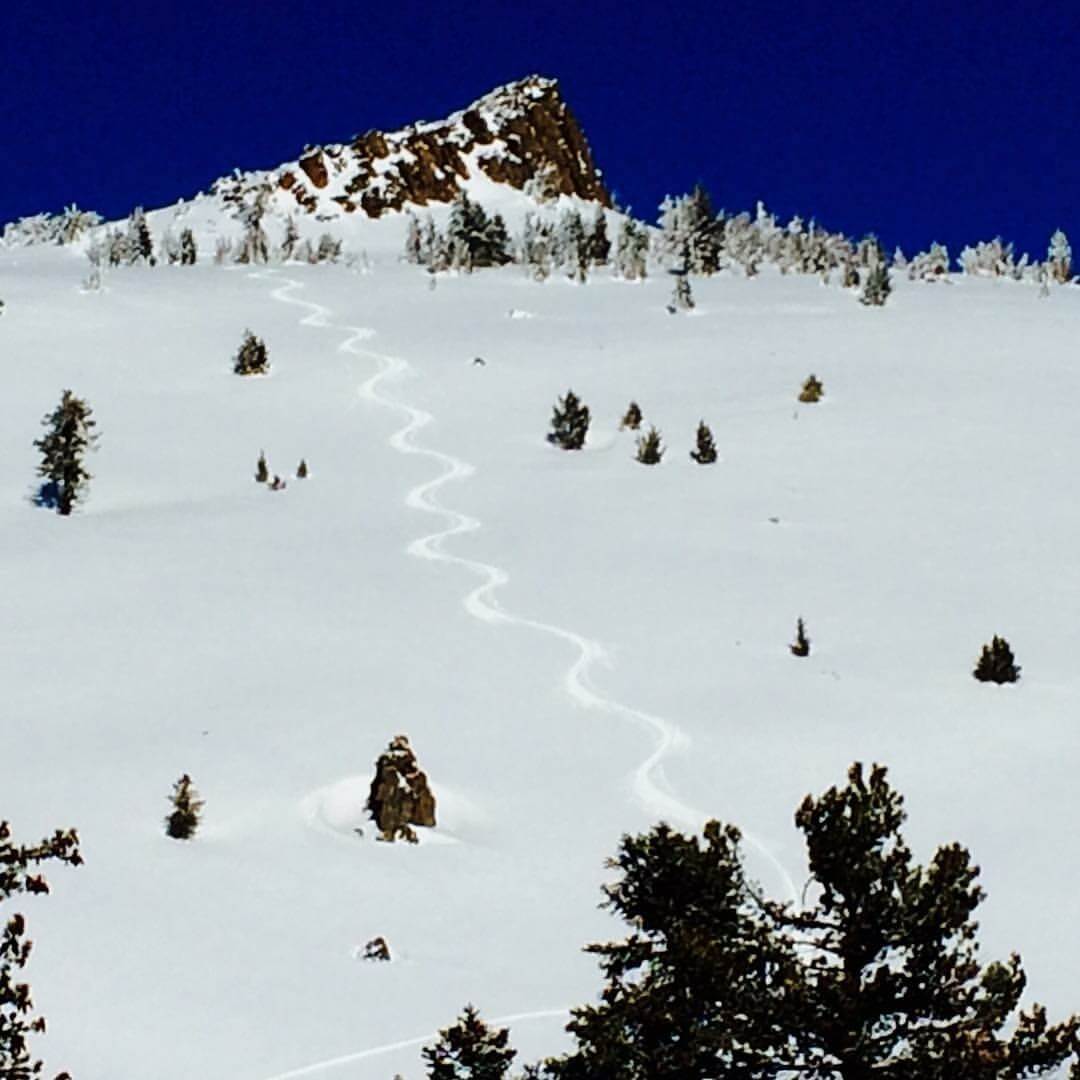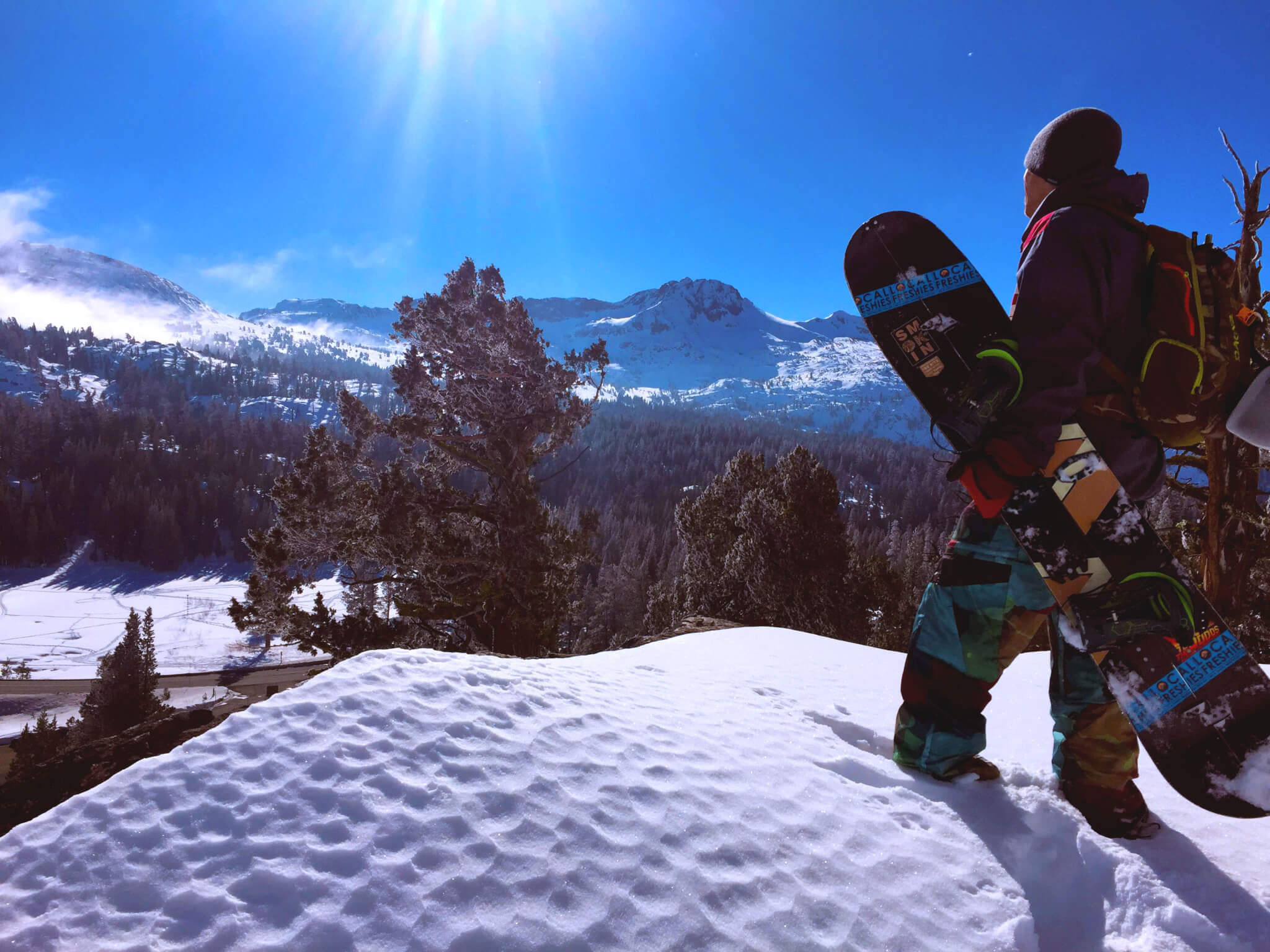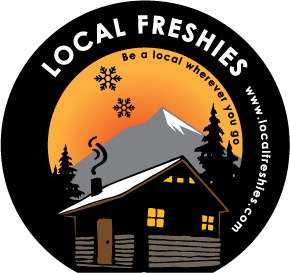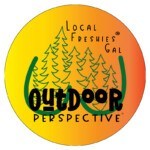Over the past few years, we’ve been dipping our toes into the backcountry. We’ve picked up the gear, taken the American Institute for Avalanche Research & Education (AIARE) Level 1 Course, got ourselves a mentor and gone to every California Avalanche Workshop. After so many outings, did we feel comfortable in the backcountry? The answer was a timid yes. We still felt VERY uneasy out there. For the 2018- 2019 season, we decided to work on that by taking the new AIARE Level 2 avalanche course. And BOY was it worth it!
The NEW AIARE Level 2 Avalanche Course – Now For Recreationalists
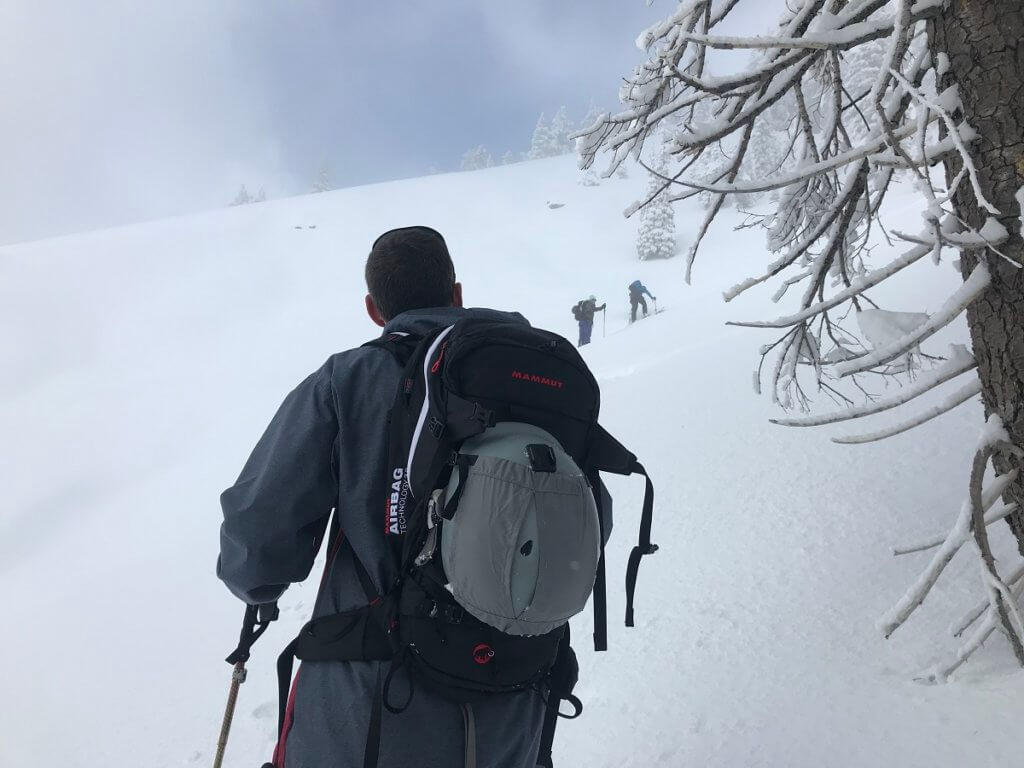
For those who’ve been around the AIARE curriculum for a while, you might remember this course being for the “snow-geeks” or professionals out there. The class was designed to help guides, ski patrol and other various snow occupations get their degrees. It was a major gap for those recreational backcountry users looking to get more education. So, as part of the 2016-17 season, they divided the system between rec-level and pro-level. We wanted to wait a few years to let the dust settle on the curriculum and decided to take the leap forward this early season.
AIARE Level 1 – An Intro Into The Snow World

Like any good introductory course, the AIARE Level 1 is like you’re drinking from a fire hose. You learn everything from companion rescue to identifying avalanche problems and how to avoid them. It made us feel like we got the keys to the car without the Driver’s Ed courses. Luckily, we found a mentor to help guide us on becoming more knowledgeable. This helped tremendously, but it still wasn’t enough. That’s where the AIARE Level 2 came in.
The Difference Between AIARE Level 1 & AIARE Level 2
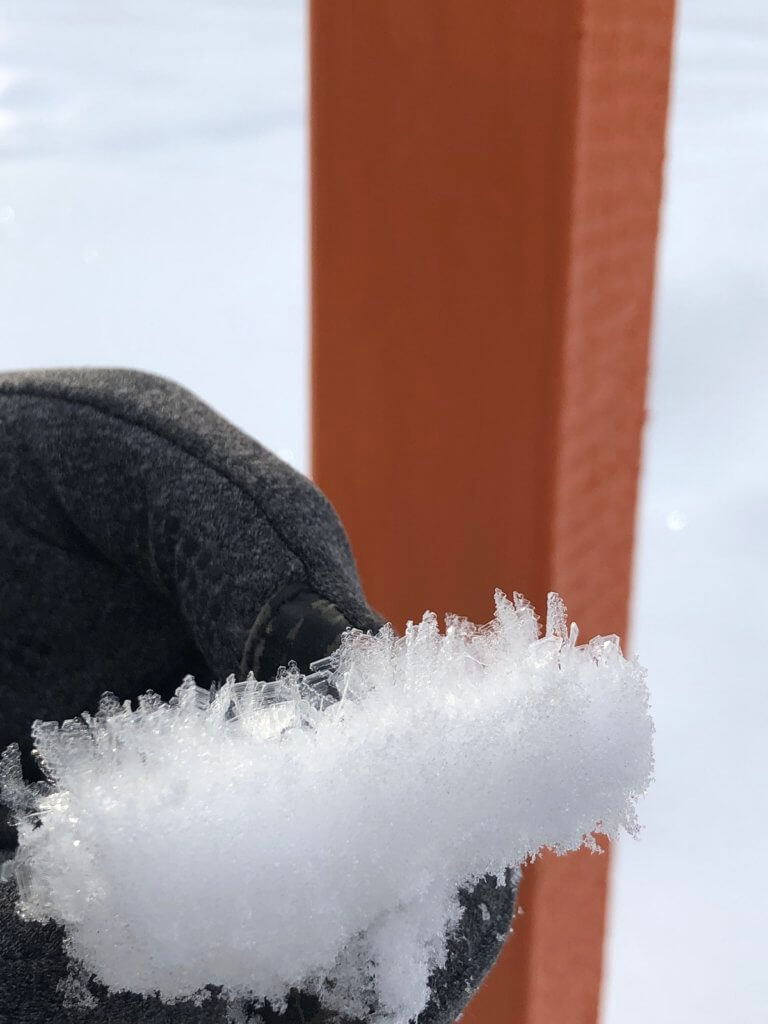
While AIARE Level 1 introduced all the concepts, Level 2 is focused on the dynamic within a team and how to lead it for a successful day in the backcountry. Think of it as basic math versus geometry. The AIARE Level 1 was KEY to make this course applicable. Level 2 helped hone our skills and resolve some of the outstanding personal issues we had when traveling out there. In summary, the AIARE Level 2 course brought clarity. Was it worth it? Hell YES!
What Did We Learn?
Here’s just a few of the key concepts that really hit home:
Avalanche Education Should Be A Lifetime Goal
Knowledge is power. No matter how much you know, continuing to take courses is key to staying safe out there.
Plan Ahead
Create a plan at home where you have access to a boat-load of information such as topo maps, avalanche forecasts & discussions and a phone. Creating a flexible plan with multiple options ahead of time can make sure you don’t end up in tense arguments on the slopes.
Understand Your Partner(s)
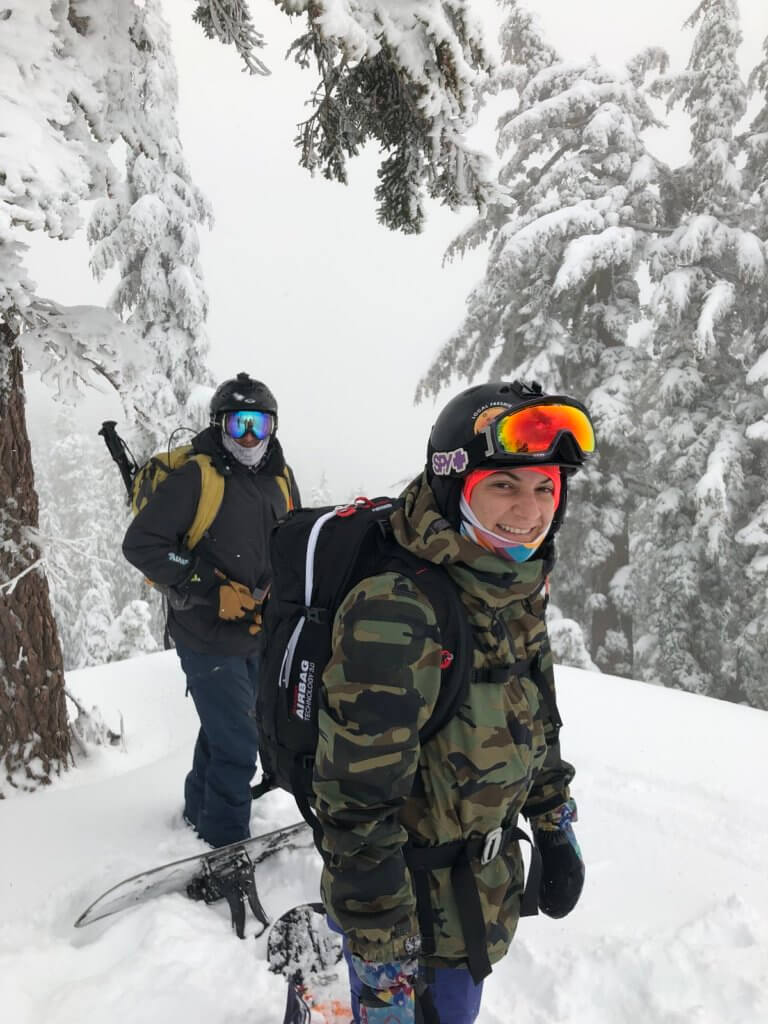
Knowing what your partners like is essential, such as slopes they want to hit and how long of a day they want. Understanding their strengths and weaknesses will make sure that everyone comes home happy and safe.
Someone Should Lead
Everyone should have veto power but having a person designated to delegate the conversation will make sure ALL voices are heard.
Tips On Finding The Right AIARE Level 2 Course
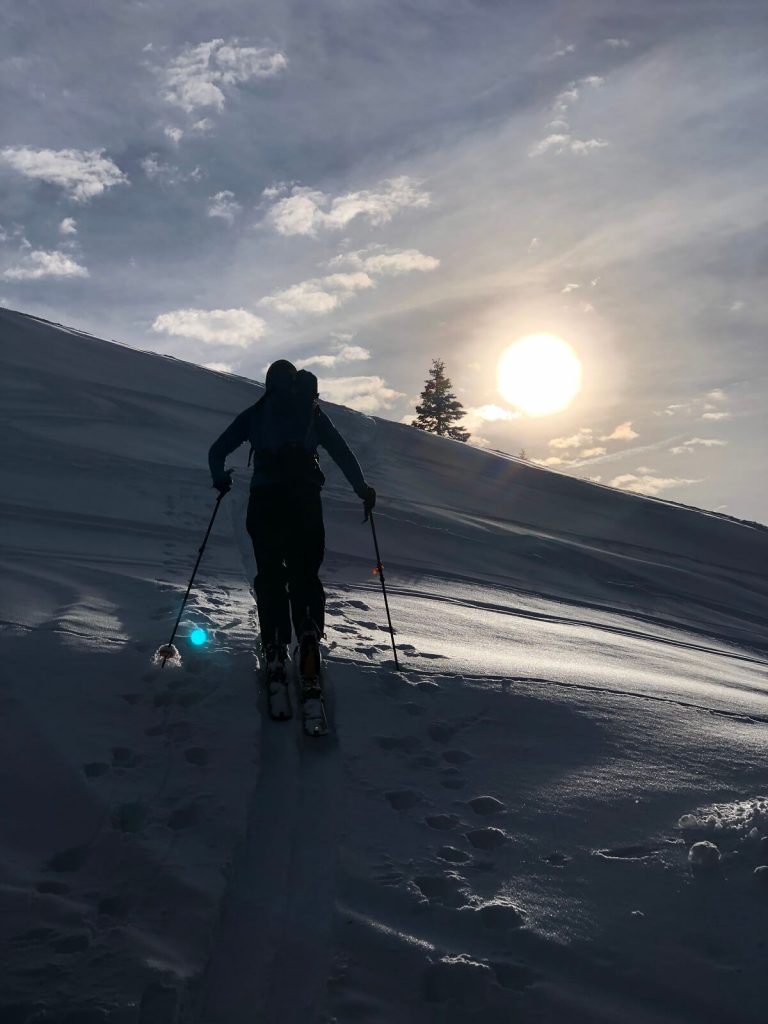
Since this course is about giving YOU feedback and exercising your brain, the smaller the class the better. We were VERY fortunate to take our class from the Outdoor Adventure Club with only three students. That meant EACH day one of us had to plan the entire trip and lead the team. Talk about eye-opening!
If you get the opportunity to take a course with just a handful of people & be immersed in the backcountry, pay the extra money because it will be well worth it. Second, go early in the season. Why? This is because snowpack issues this time of year are more varied and extreme. Problems like facets, freeze-melt cycles and long periods in between storms add complexity that you don’t see as often later in the winter or spring. AND ultimately, you can then apply what you learned all season long.






